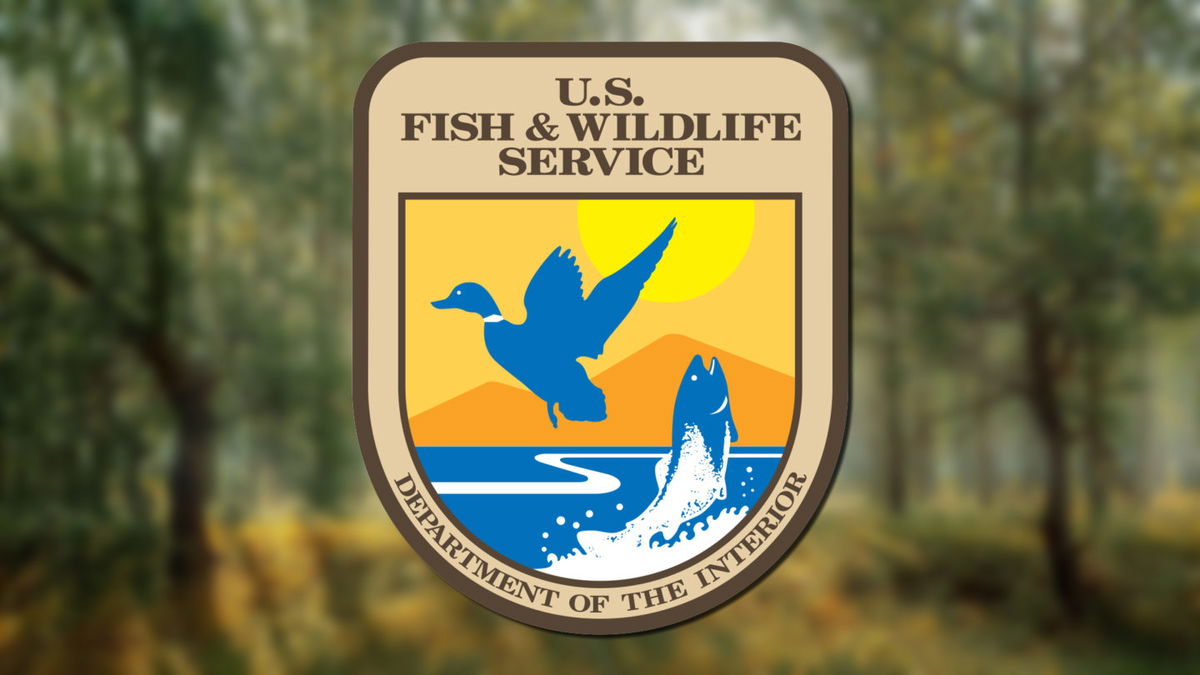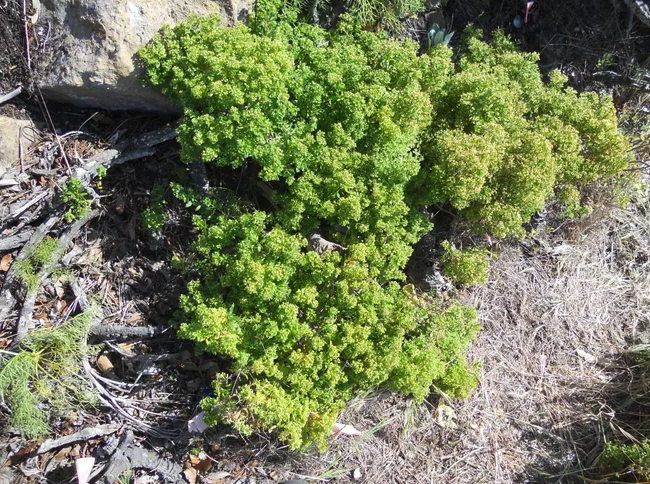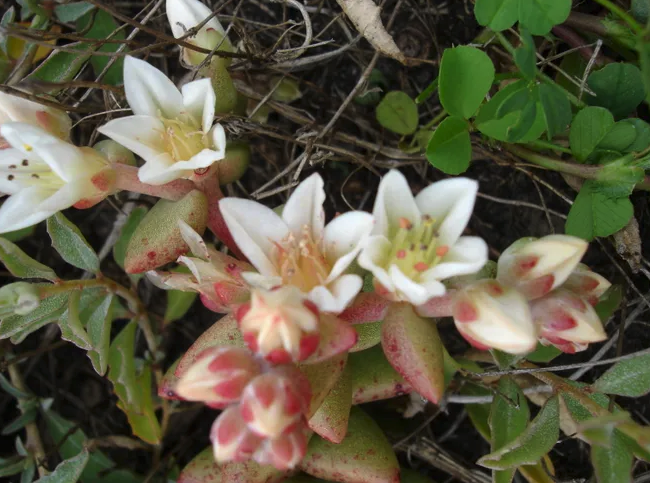Two plant species unique to Channel Islands removed from endangered list after recovery

CHANNEL ISLANDS, Calif. – The U.S. Fish and Wildlife Service celebrated the removal of two rare plants, the Santa Cruz Island Dudleya and island bedstraw, from the Endangered Species List on Monday.
The two plant species only found on the island off the Santa Barbara coast have successfully recovered their populations thanks to a collaboration amongst conservation groups and federal legal protections.
“The delisting of these species represents another victory for island conservation as staff and partners continue to work tirelessly at restoring the five islands within the park,” said Ethan McKinley, Superintendent of Channel Islands National Park. "Make no mistake, there is still a great deal to accomplish before these islands are restored to their natural state. Recovery of native plants remains a keystone to preserving Channel Islands National Park for current and future generations.”
Those plant species join other successful populations on the islands that have recovered thanks to the efforts of people and our institutions including the island fox, California brown pelican, and island night lizard.
“The Navy, as owner and co-steward of San Miguel Island, is proud to have shared more than 50 years of collaboration with the U.S. Fish and Wildlife Service and partners to improve the habitat and recover these plant species,” said Capt. Robert “Barr” Kimnach III, Commanding Officer, Naval Base Ventura County. "This announcement is a milestone in our efforts and should be celebrated. The Navy remains committed to our conservation efforts, and to being good stewards of the natural resources we manage as part of our national security mission.”
The U.S. Fish and Wildlife Service also recently delisted five species unique to San Clemente Island: the San Clemente Island paintbrush, lotus, larkspur, and brush-mallow plants as well as the San Clemente Bell's sparrow.
In 1997, the U.S. Fish and Wildlife Service determined that 13 plant species on California's northern Channel Islands required Endangered Species Act protections after decades of habitat loss due to sheep grazing, competition from non-native plants, and soil loss from rooting from non-native feral pigs.
By 2000, sheep grazing had ended and by 2006, all non-native feral pigs had been removed from the islands detail the U.S. Fish and Wildlife Service.
“We make conservation our life’s work because we care about biodiversity, but also because it can take a lifetime to see the fruits of our labor,” said Heather Schneider, Senior Rare Plant Conservation Scientists with the Santa Barbara Botanic Garden. “Humans did our part by removing introduced animals from the islands and the plants did theirs by slowly revealing themselves to us. Let us use this delisting as inspiration to propel us forward and bring renewed attention to the conservation and recovery challenges that remain on the islands and beyond.”
All of these success stories coincide with the 50th anniversary of the passage of the Endangered Species Act this year.
“Today we celebrate the flourishing return of two plant species to the Channel Islands thanks to the tireless work of scientists, land managers, and the local community to restore the health of California’s island ecosystems,” said Paul Souza, Regional Director of the U.S. Fish and Wildlife Service's Pacific Southwest Region. “We also celebrate 50 years of the Endangered Species Act, a bedrock conservation law and catalyst that brings momentum, energy, and attention to help recover species that need it most.”
How can you help? Here is the best advice on appreciating these vulnerable plant species from John Knapp, Senior Scientist with The Nature Conservancy, "Today we get to celebrate the recovery of these two species no longer faced with the imminent threat of extinction, and tomorrow we will be back in the field for those species that still need a helping hand. All visitors to the islands can be part of the success by staying on established trails and roads to protect vulnerable populations. Recovery doesn’t happen overnight. It takes sound science, collaboration with many partners, and most importantly commitment.”
The final delisting notice will be available in the Federal Register on Nov. 7, 2023, under docket number FWS-R8-ES-2022-0066 and post-delisting monitoring efforts have already been developed.
The two delisted species announced on Monday are described in more detail below.

Island bedstraw (Galium buxifolium) is a woody shrub with small flowers that predominantly lives on coastal bluffs, steep rocky slopes, sea cliffs, and occasionally the pine forests of Santa Cruz and San Miguel islands exclusively.

The Santa Cruz Dudleya (Dudleya nesiotica) is a flowering succulent perennial that only lives on the main terraces of Santa Cruz Island. Scientists with The Nature Conservancy and Channel Islands National Park detail that the rebounded populations of the rare plant number around 120,000 individuals.
